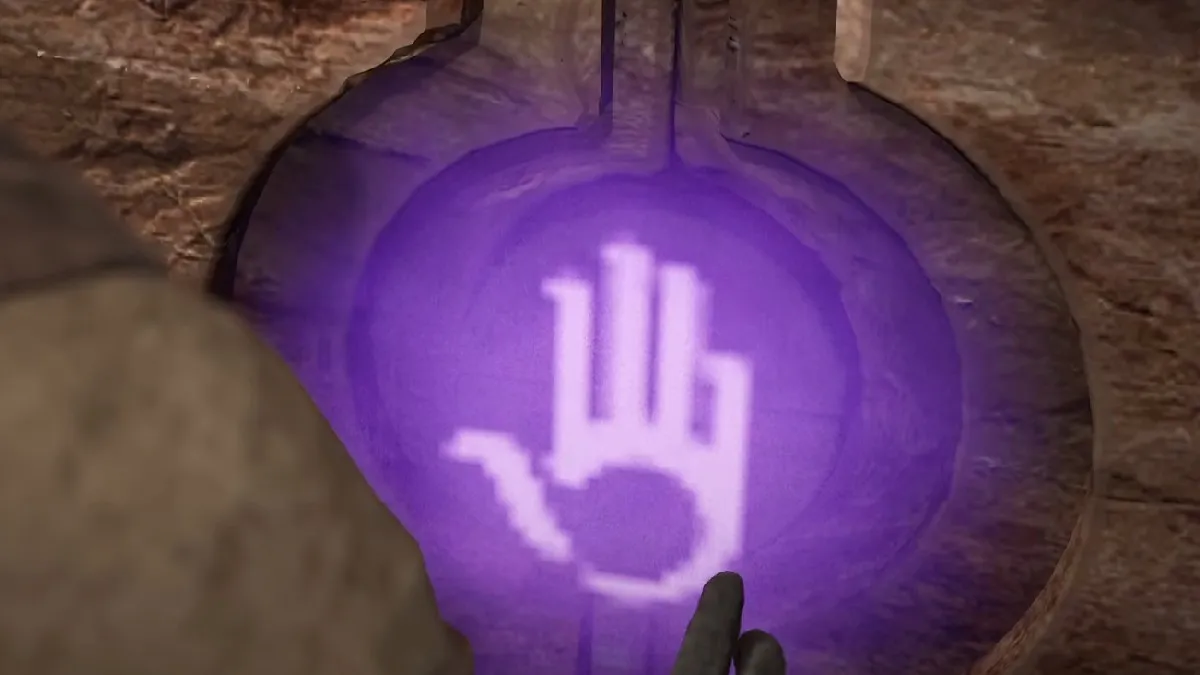
Asus made me do it, though now I need never do it again.
I’m an unashamed keyboard nerd. For as long as I can remember I’ve loved writing, and whether it’s at the old typewriter sat in my grandparent’s spare room or the keyboard of that first Toshiba computer my dad brought home from work, tapping at a good keeb is my happy place.
But I’ve never felt as nerdy as I did sat there in my home with a tiny paint brush in one hand, a pot of lube in the other, and a $250 keyboard in bits on my desk. Brushing the sides of one of my Halo True mechanical key switches with a little grease had me wondering what had brought me to this point in my life.
In truth it was the Asus ROG Azoth gaming keyboard. It’s a lovely thing, all weighty metal and enthusiast keeb pretentions, and it comes bundled with all you need to start lubing up mechanical switches all in the name of fun and smooth actuation.
Honestly, I’ve never considered actually lubing up a key switch myself. I’ve replaced switches, and got into digging through different options to find the one that feels just right for me, but never actually wanted to split the switch and go deep. But I’ve had a full set of beautiful Halo True switches buried in another keyboard I no longer use, and I wanted to take advantage of the Azoth’s hotswappable board design. That and I’m personally no longer a fan of a straight linear switch, so however good the ROG NX switches are I wanted a change.
The switches didn’t come pre-lubed in the first place, and have been sat in my old Mountain Everest Max keyboard, which has been in storage for the best part of a year. So, with all the tools sat in the Azoth packaging, why not see if lubing up the Halo True switches actually made a difference to their operation?
The ROG Azoth ships with the best switch puller I’ve used, but also ships with a brush for applying the lube, a little tub of it, a little rack on which to rest your open switch housings, and most importantly a little bit of plastic expressly designed to pop open either standard Cherry MX or Kailh Box switches when you apply a miniscule amount of force.
(Image credit: Future)
(Image credit: Future)
The ROG NX switches are made by Kailh and so are my Halo Trues, so I was able to open one of the salmon pink beauties without trouble. It’s fiddly work, but these fat fingers were brought up painting Games Workshop miniatures and so are equally adept at pulling the stems and springs apart.
Then it’s a question of dipping your brush in the li’l pot o’ lube and giving each side of the housing a little greasy love. Then simply pack all their innards back into the housing and hey presto, one lubed key switch. Only 100-odd more to go…
Only I’m not going to. I’ll admit, the inaudible, though inescapable disapproval radiating from my wife sat behind me had something to do with it, as did the thought of going through the pile of switches and lubing them all individually—especially as I’d already gone through the whole rigmarole of pulling them all from another keyboard and ripping the existing ones out of the Azoth.
(Image credit: Future)
(Image credit: Future)
(Image credit: Future)
I think I would have really hated myself if I’d perceived some improvement from my efforts.
But really it’s because there’s just no point. Honestly, the lubed and non-lubed Halo True switches felt exactly the same. I’m obsessive about the infinitesimally different feel of different key switches, but I could detect absolutely no change in the smoothness of the press or the speed of the debounce.
And I was glad. So glad. I think I would have really hated myself if I’d perceived some improvement from my efforts, knowing that I would actually have to lube up every switch before jamming them into the new Asus board. Instead, I just had that brief moment of micro self loathing familiar to any tech nerd from needlessly experienced overt geekery.
But at least now I know that I don’t need to go down that particular rabbit hole. I feel I’ve gone far enough down this enthusiast keeb road now, but always had that worry that maybe I was missing something.
I wasn’t and neither are you.




